Substitutes For Lettuce – Growing Alternative Salad Greens
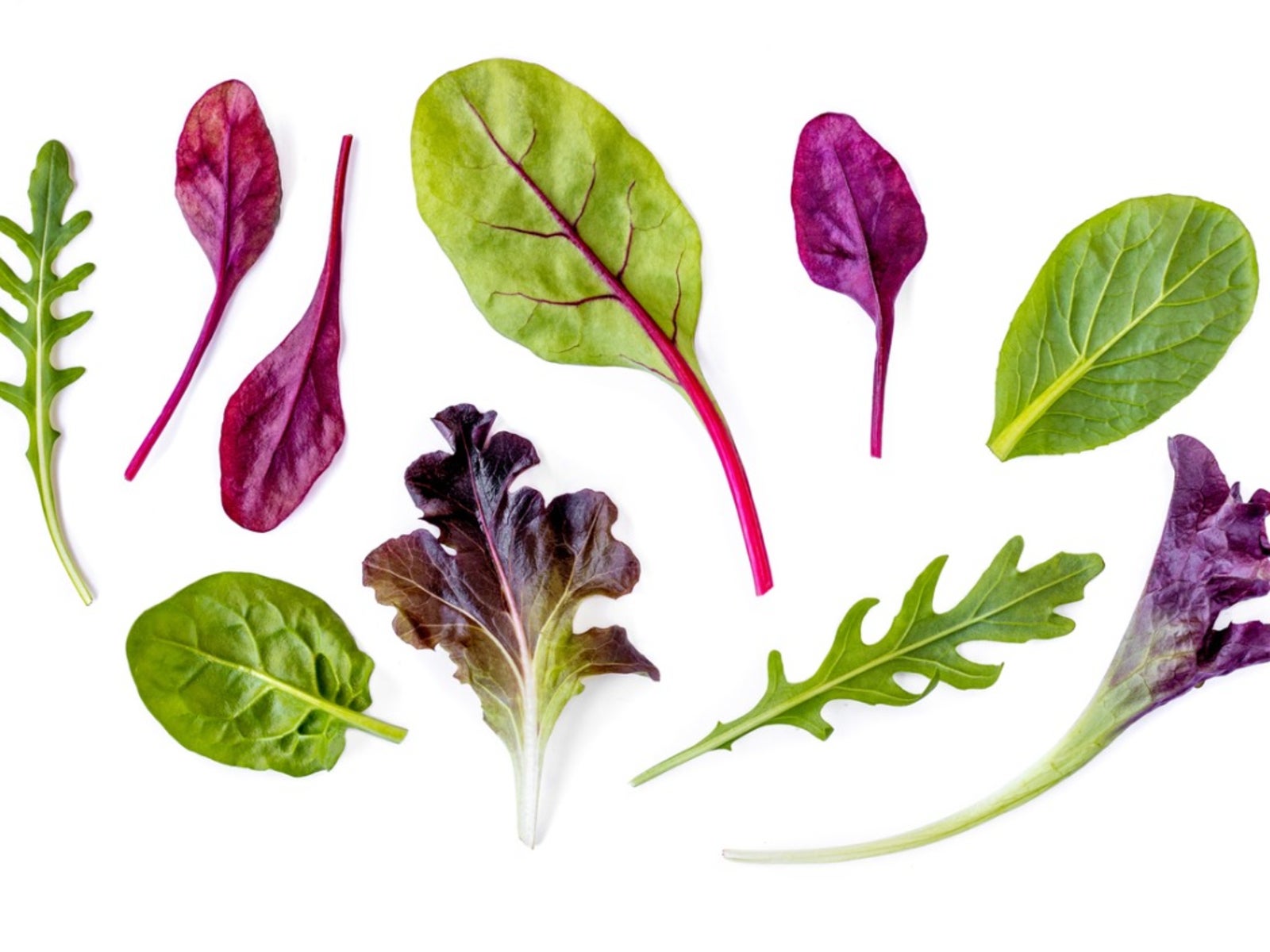
If you aren’t a huge fan of salads, maybe it’s the greens you are using. Romaine hearts or iceberg wedges are definitely rather mundane with little, if any, discernible flavor. The good news is that there are plenty of alternative salad greens -- lettuce substitutes that is. Alternatives to lettuce are generally higher in nutrients and more flavorful. Plus, substitutes for lettuce are not necessarily green which makes them a feast for the eyes as well as the palate.
About Alternatives to Lettuce
Lettuce comes in many forms: iceberg or crisphead, bibb or butterhead, Romaine or Cos, leaf lettuce and stem lettuce. Even so, many folks find the varieties downright uninspiring. Plus, these lettuce varieties are generally one hit wonders, used solely in salads or on sandwiches.
Substitutes for lettuce can often be used in salads or on sandwiches but alternative salad greens can often do so much more. Many of them can be sautéed, added to soups and entrees, or even used as wraps.
What to Grow Instead of Lettuce
A common alternative to lettuce is spinach. Spinach is a terrific substitute for lettuce, and it contains more nutrients. It can also be eaten fresh or cooked.
If you are looking for substitutes for lettuce that are bit more unusual but like the flavor of spinach, try growing Good King Henry (Chenopodium bonus-henricus). This robust perennial will give fresh greens year after year that can be used just like spinach. The leaves have a bit of bitterness if not prepped properly. Soak the leaves in salted water for an hour, rinse, and then use as you would spinach.
Belgian endive is a nice substitute for the crunch of Romaine hearts with much better flavor and they are available during the winter months.
As mentioned above, not all alternative salad greens are green. Take radicchio for instance. It looks like a small red/purple cabbage variegated with white. It is also a winter alternative to lettuce, crunchier than iceberg, and won’t wilt when tossed with dressing.
Gardening tips, videos, info and more delivered right to your inbox!
Sign up for the Gardening Know How newsletter today and receive a free copy of our e-book "How to Grow Delicious Tomatoes".
For a huge pop of color, try Rainbow Chard. Hailing from the Mediterranean, Rainbow Chard is a lovely combination of sweet with a touch of bitterness and pairs well with sweet fruit and honey based vinaigrettes in salads or can be sautéed in a variety of ways.
Additional Alternatives to Lettuce
Kale has been king for quite some time due to its nutritional value. If curly kale isn’t your thing though try growing Lacinato kale. Lacinato has a broader leaf which makes it great for use in salads with heavy, creamy dressings, a great substitute for romaine in Caesar salads. It is also called dinosaur kale, a name which might make it more palatable to the kiddies.
Arugula can be a bit costly at the grocery store, but it is easy to grow and spices up everything from a de rigueur salad to a last minute topping on a garlic and goat cheese pizza.
Similar in flavor to arugula is red dandelion. Yes, somewhat like the weed but rich in nutrients and delicious. If you’re interested in “weed” greens, try tossing some purslane and lambsquarter into your next salad.
Other alternative salad greens often found in baby mixed greens include Mache, cress, mesclun, and chicory.
Growing your own greens is a less expensive, simple way to vary your diet of greens and there are so many options. Most are much higher in nutrition than the basic lettuces sold at the supermarket as well so there’s no reason not to try something new in your next salad.

Amy Grant has been gardening for 30 years and writing for 15. A professional chef and caterer, Amy's area of expertise is culinary gardening.
-
 Grow ‘Karl Rosenfield’ Peony Plants For The Ultimate Frilly Border Beauties And Cut Flowers
Grow ‘Karl Rosenfield’ Peony Plants For The Ultimate Frilly Border Beauties And Cut FlowersFor frilly double magenta peony petals infused with a heady fragrance, grow ‘Karl Rosenfield’ peony plants. Here’s how to cultivate the ultimate plushy blooms
By Tonya Barnett
-
 10 Common Composting Problems That Can Spoil Your Garden Gold – Plus Easy Fixes
10 Common Composting Problems That Can Spoil Your Garden Gold – Plus Easy FixesLearn how to troubleshoot common composting issues before they ruin your stash – from bad smells and bugs to materials not breaking down as they should.
By Susan Albert
-
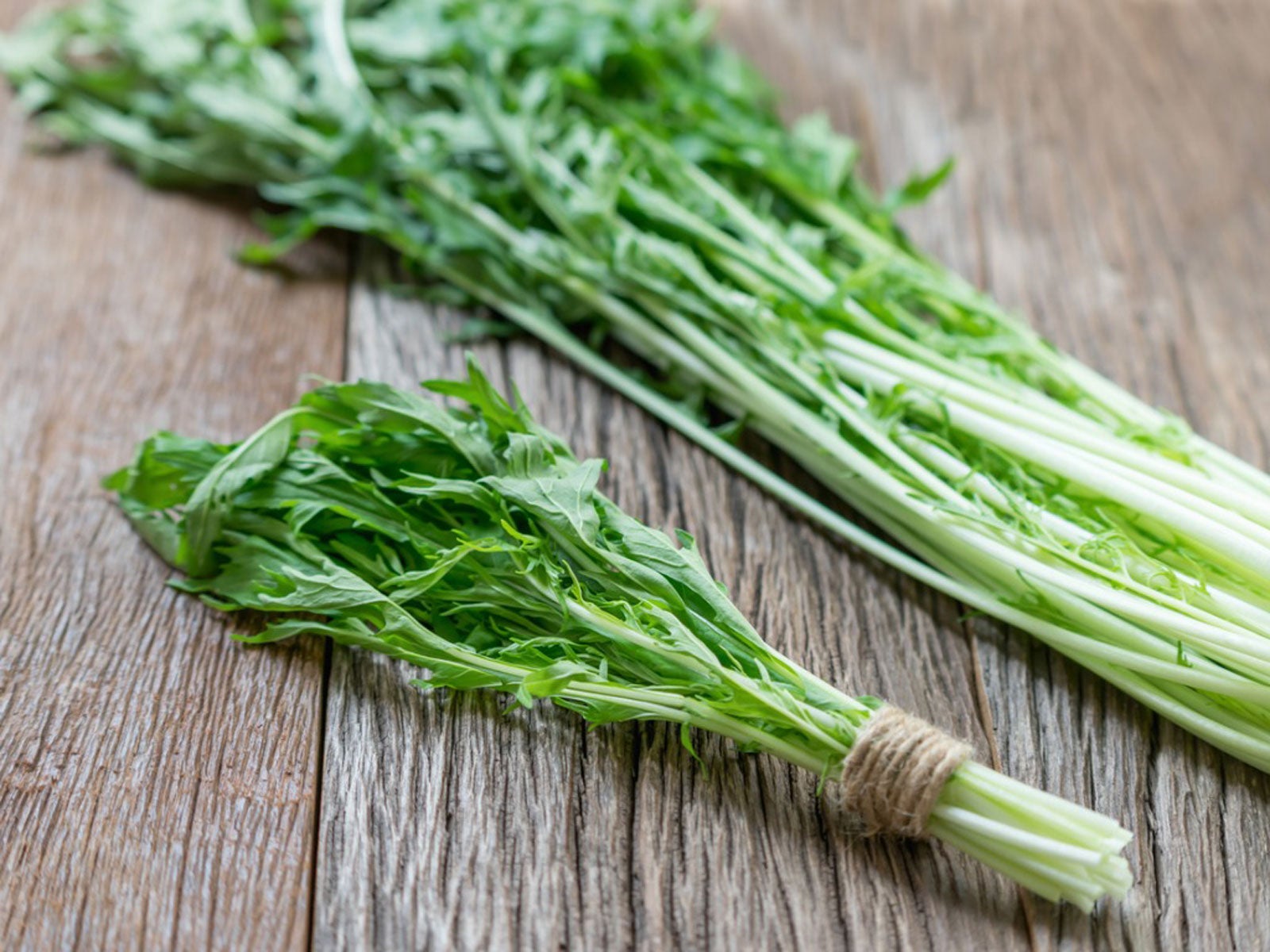 Mibuna Mustard Greens: How To Grow Mibuna Greens
Mibuna Mustard Greens: How To Grow Mibuna GreensMibuna mustard is a highly nutritious Asian green with a mild, mustardy flavor. Wondering how to grow mibuna greens? Click here.
By Mary H. Dyer
-
 Autumn Crop Greens – When To Plant Greens In The Fall
Autumn Crop Greens – When To Plant Greens In The FallYou can easily grow greens in fall. Many leafy salad greens are cool season crops that prefer the autumn temperatures. Click here for more.
By Amy Grant
-
 How To Harvest Leafy Greens – Picking Leafy Greens In The Garden
How To Harvest Leafy Greens – Picking Leafy Greens In The GardenAll leafy greens are easy to grow, rich in nutrients (although some more than others) and some can be eaten both fresh and cooked. Harvesting leafy greens is a simple matter as well. Click here if you’re interested in learning how and when to harvest garden greens.
By Amy Grant
-
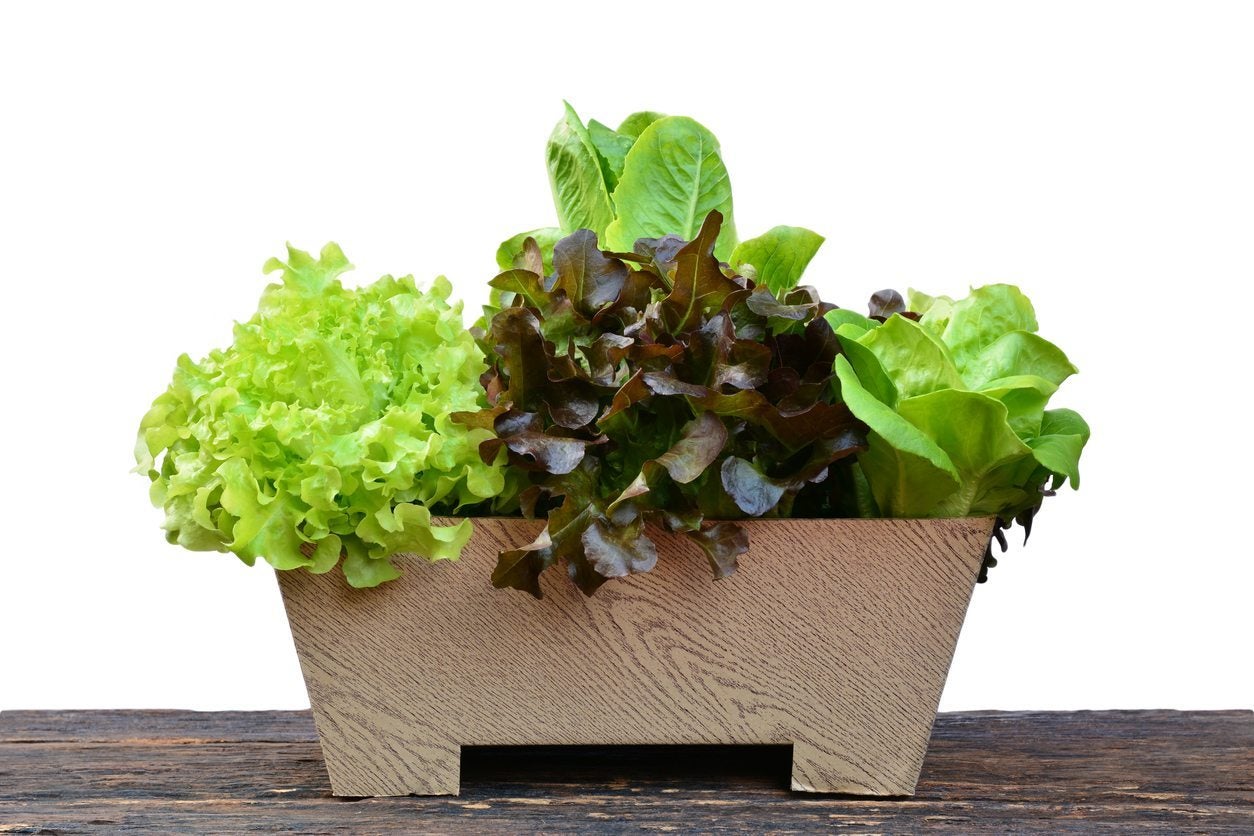 Growing A Salad Bowl Garden: Learn How To Grow Greens In A Pot
Growing A Salad Bowl Garden: Learn How To Grow Greens In A PotGrowing your salad greens in containers! They're less expensive, fresh and at your fingertips. A salad bowl garden is the ultimate luxury for easy gardening and healthy eating.
By Amy Grant
-
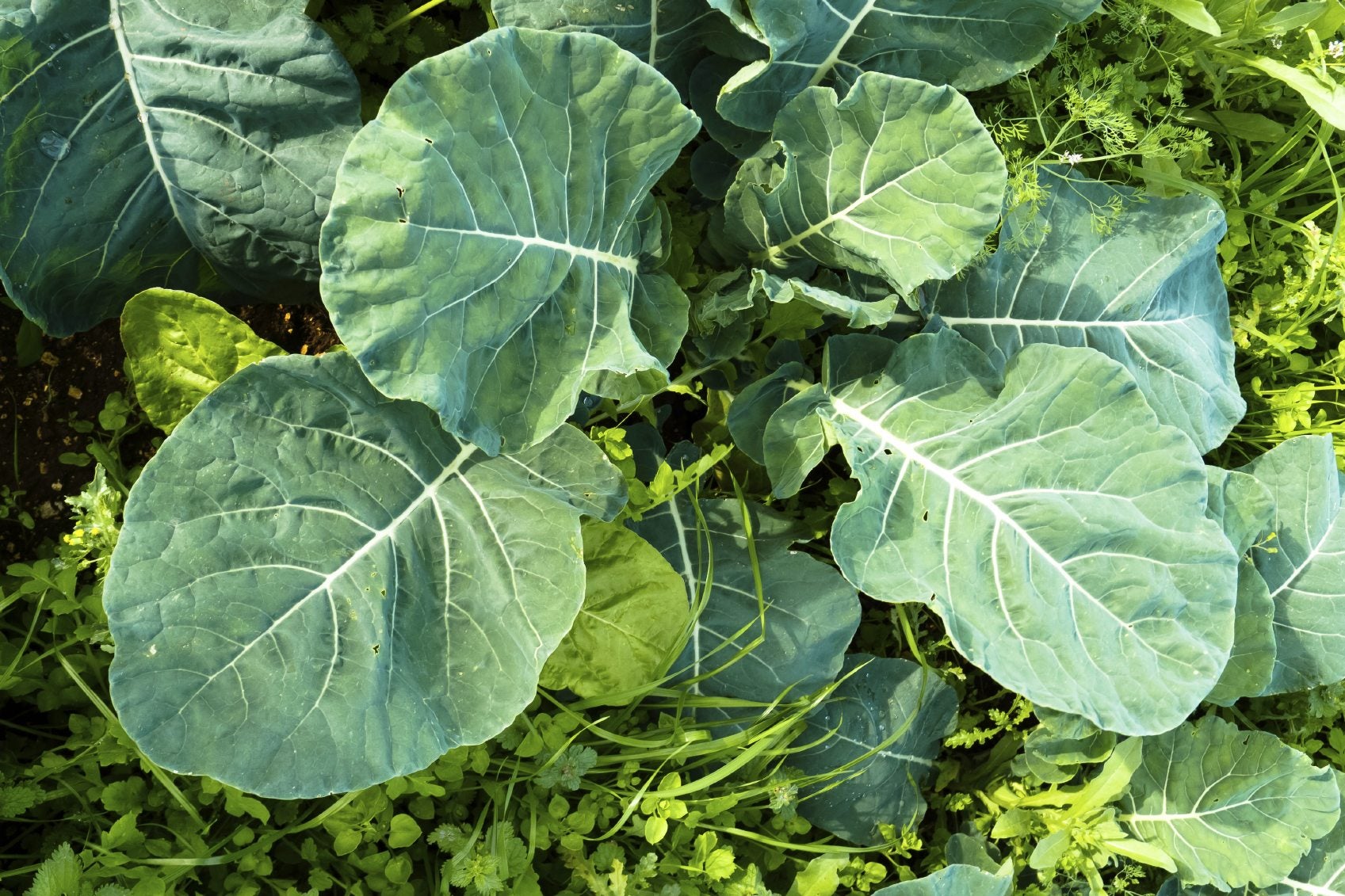 Winter Salad Greens: Tips On Growing Greens In Winter
Winter Salad Greens: Tips On Growing Greens In WinterIf you get cold winters, you're not going to be picking tomatoes in February. You may, however, be picking any leafy greens you like. If you're growing in the winter, salad greens are the way to go. Learn how to grow greens over winter here.
By Liz Baessler
-
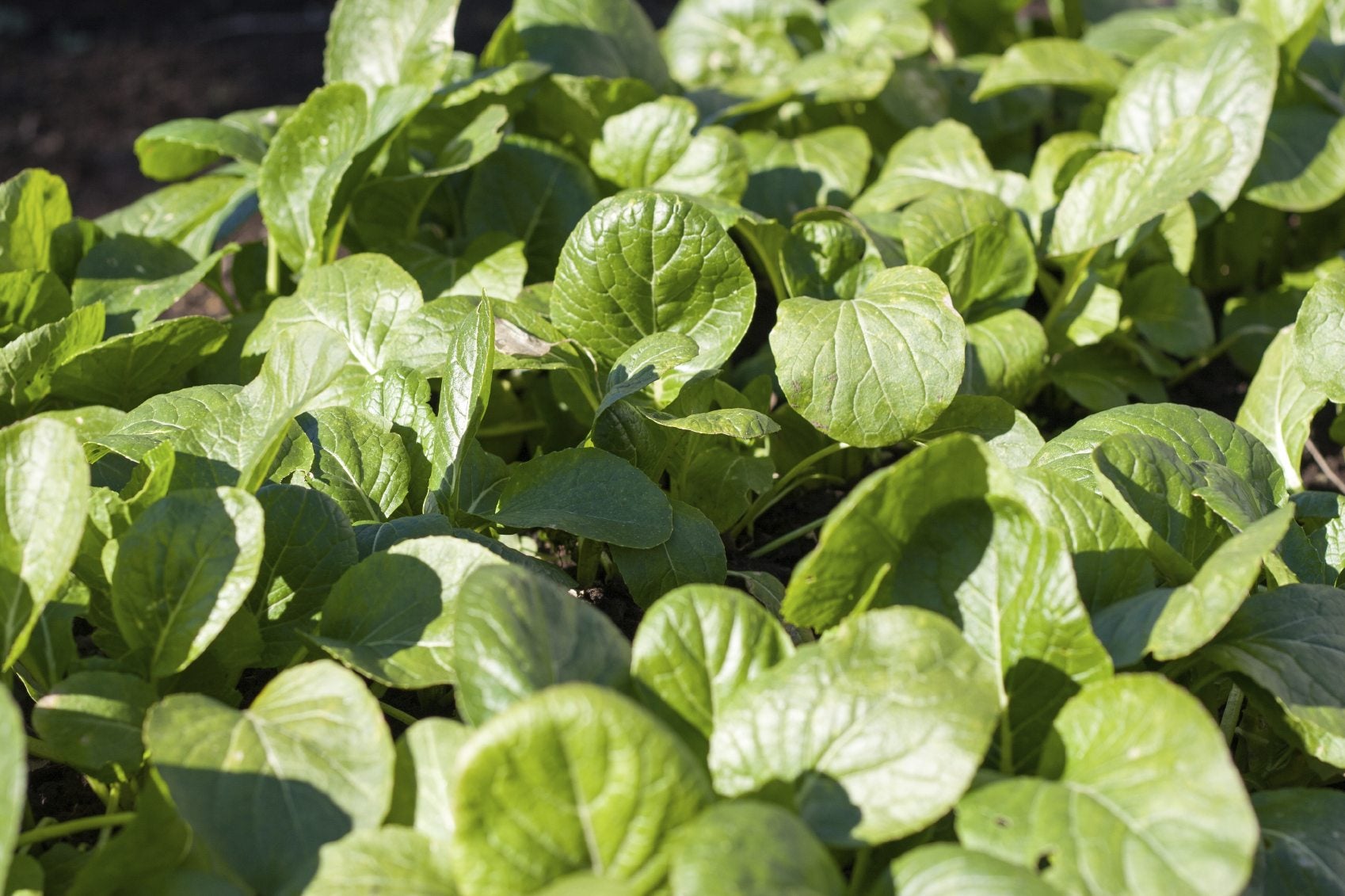 Komatsuna Plant Care: Tips On Growing Komatsuna Greens
Komatsuna Plant Care: Tips On Growing Komatsuna GreensI dare say most of us have never heard of growing komatsuna greens; I hadn't. When I read about them, I began to wonder what does komatsuna taste like and how do you grow it. Read on to discover a wealth of interesting komatsuna facts.
By Amy Grant
-
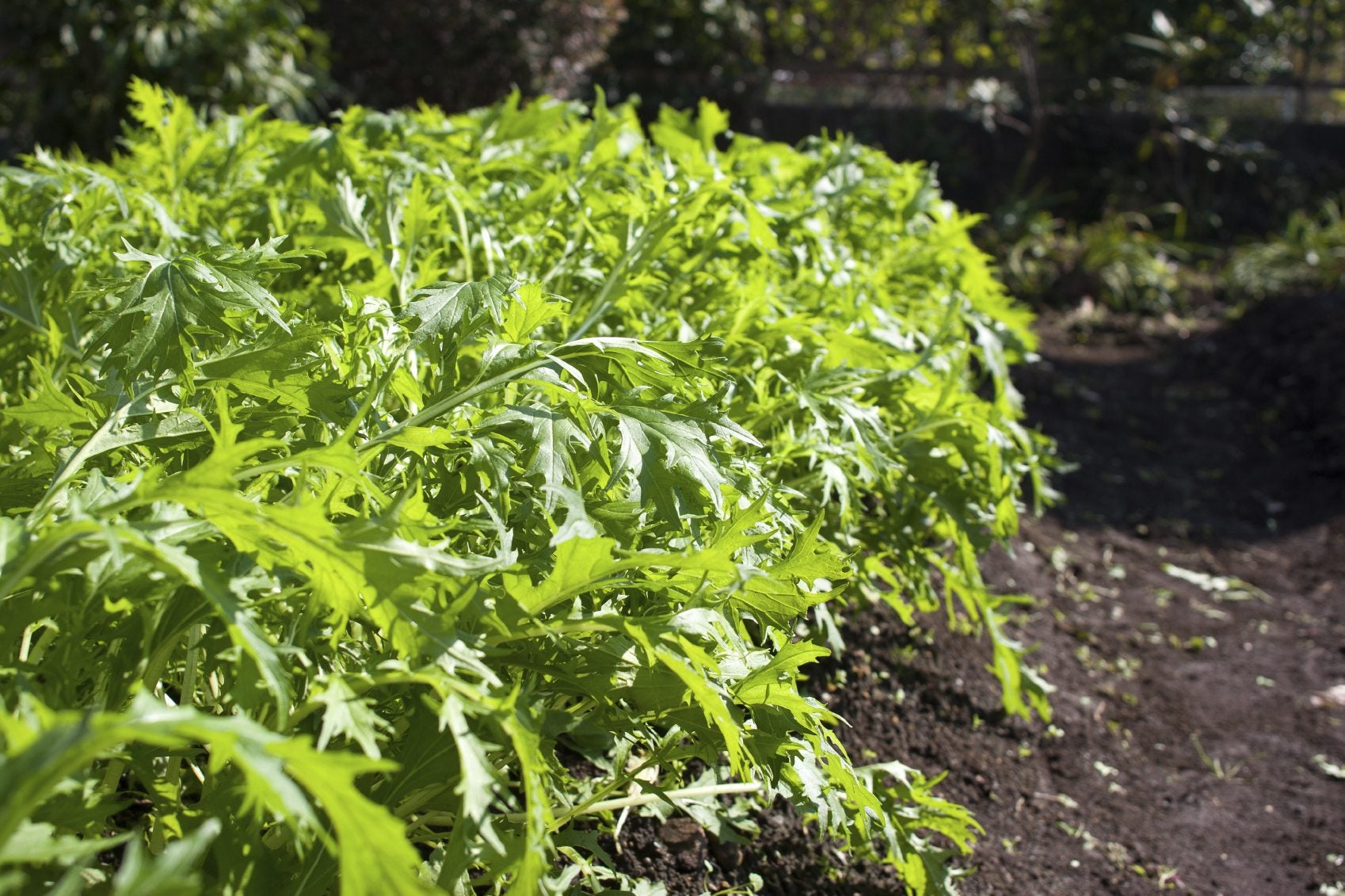 Asian Mizuna Greens: How To Grow Mizuna Greens In The Garden
Asian Mizuna Greens: How To Grow Mizuna Greens In The GardenMizuna greens are a popular leafy vegetable from Asia that is used worldwide. Like many Asian greens, they are related to the more familiar mustard greens. For more information on growing mizuna greens, this article will help.
By Liz Baessler
-
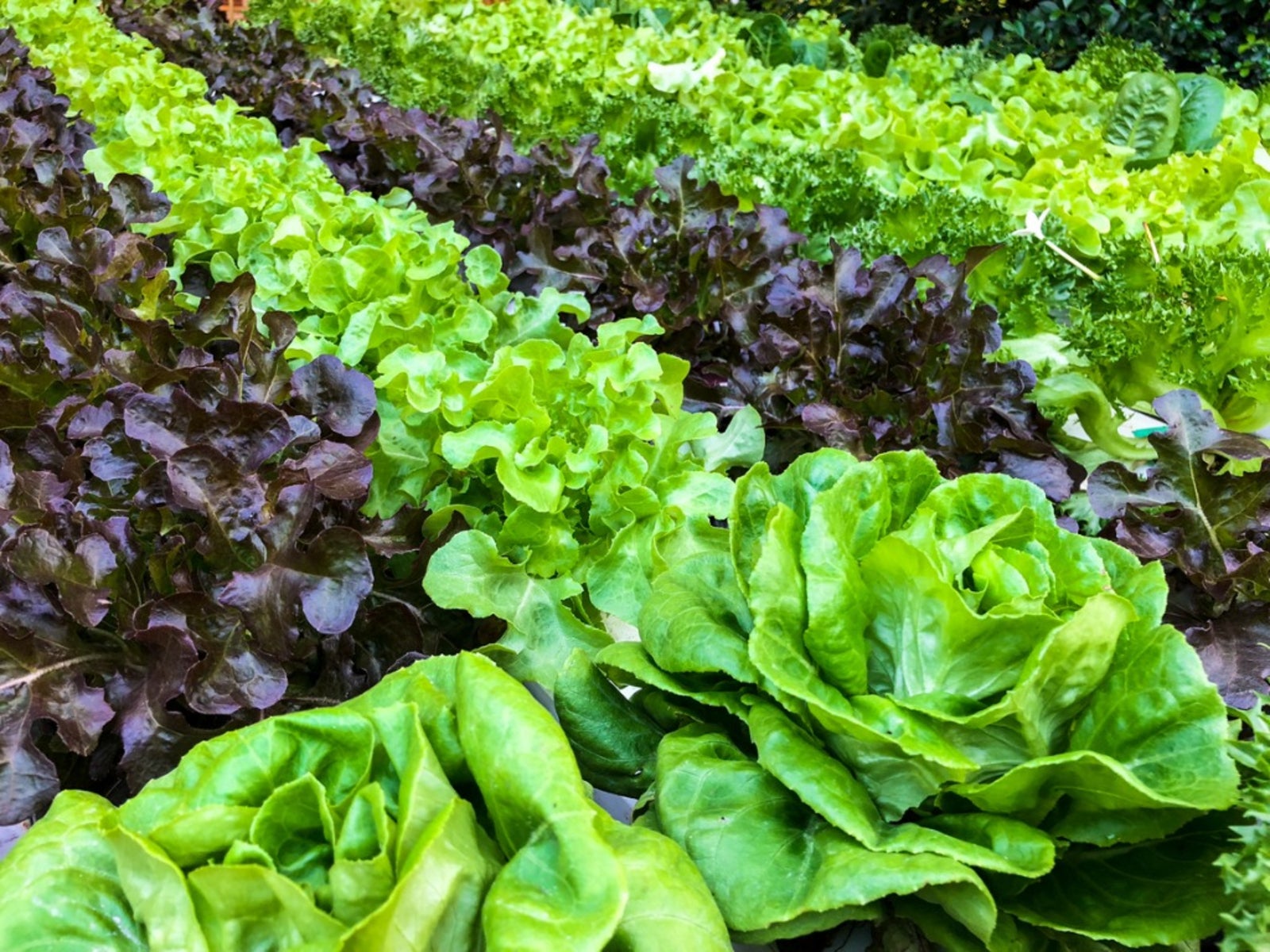 Leafy Garden Greens: Different Types Of Garden Greens
Leafy Garden Greens: Different Types Of Garden GreensWhat are greens? Leafy garden greens are more than lettuce. The types of garden greens range from the tops of edible roots to ornamental plants. Growing greens is easy, and this article will help.
By Bonnie L. Grant